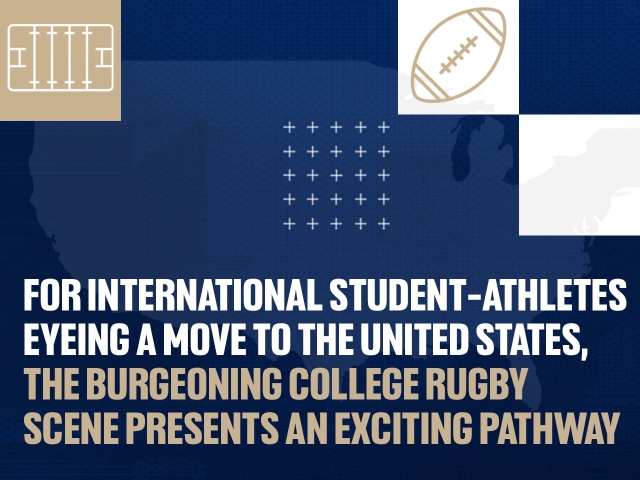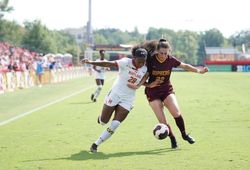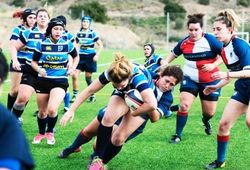This is a guest blog, written by FirstPoint USA Sports Consultant, Toby Loveridge. Toby completed his postgraduate degree at the University of Cincinnati, Ohio, where he was ranked in the top ten in school history in every event over 1500 metres. Here, Toby shares his top 10 tips for distance running; both at home and in the states.
"As an athlete that has had the unique opportunity to enjoy collegiate sport both in the UK and the US, I think I am well qualified to speak about the differences and advantages of a career in the states. After attending St Mary’s University in the south west of London, the home of the south of England endurance high performance centre, there I became a two-time British collegiate champion. I then chose to follow my plan to explore the opportunity that the US held, only to find that I was very naive to not believe the hype around the NCAA and the facilities and support that come with it.
I have trained with Olympians and world medallists and I decided to put together 10 simple tips to high level, distance running for both at home and in the US;
-
“Know your body”
For most athletes, perfecting the way your body reacts and adapts to the level of training required to compete at the top level takes years, even decades. Try different things, understand the physiological benefits of what you are doing, be a student!
-
“Believe in the process”
No great distance athlete was made in a day, the best example of this being our very own Mo Farah. I have been lucky enough to track his progress throughout the years, from winning domestic titles and not even being competitive at a European level, to now multiple time world and Olympic gold medallist. Understanding that you need time for adaptation is very important!
-
“Steady progression”
A common misconception is that increasing training load quickly can give rapid improvement in performance. This may be true, but injury is definitely on the horizon. A lot about being a distance runner is patience. Be patient and increase mileage no more than 10% a year!
-
“Slow means slow”
There are many days where you don’t need the intensity but perhaps require the mileage. Rest days are for rest, even if you feel amazing! Keeping up training volume is key, but always allowing your body to recover is far more important.
-
Core Blimey”
Try and regularly activate as many major muscle groups you don’t necessarily use when running. The most important being core and glutes. Have a program you complete twice a week. You don’t need a fancy gym, just body weight exercises are enough!
-
“Student of the sport”
This sport requires research into what you are doing, if you feel like the work you have been doing is for no rhyme or reason, understand what your body needs physically!
-
“There’s never a one size fits all”
I have had friends and training partners who have made Olympic finals and world medallist who have ran about half the miles a week I did. Don’t try to live in someone else’s shadow, pave your own way with what works for you!
-
“Effort beats talent”
This is true in all sports, and in no sport is this more obvious than distance running! Your talent will only take you so far, and I can guarantee that’s not very far!
-
“Training means nothing if your always injured”
I have trained with athletes that would run faster in training than they could in a race. Always be ready for the big day.
-
“Too much is never enough”
The truth of the matter is; the more running you do, the best runner you will become. However, as I earlier stated, a steady build up is key and aim to be running between 40 and 70 miles a week by the time you are at the age to be taking an opportunity in the states."





